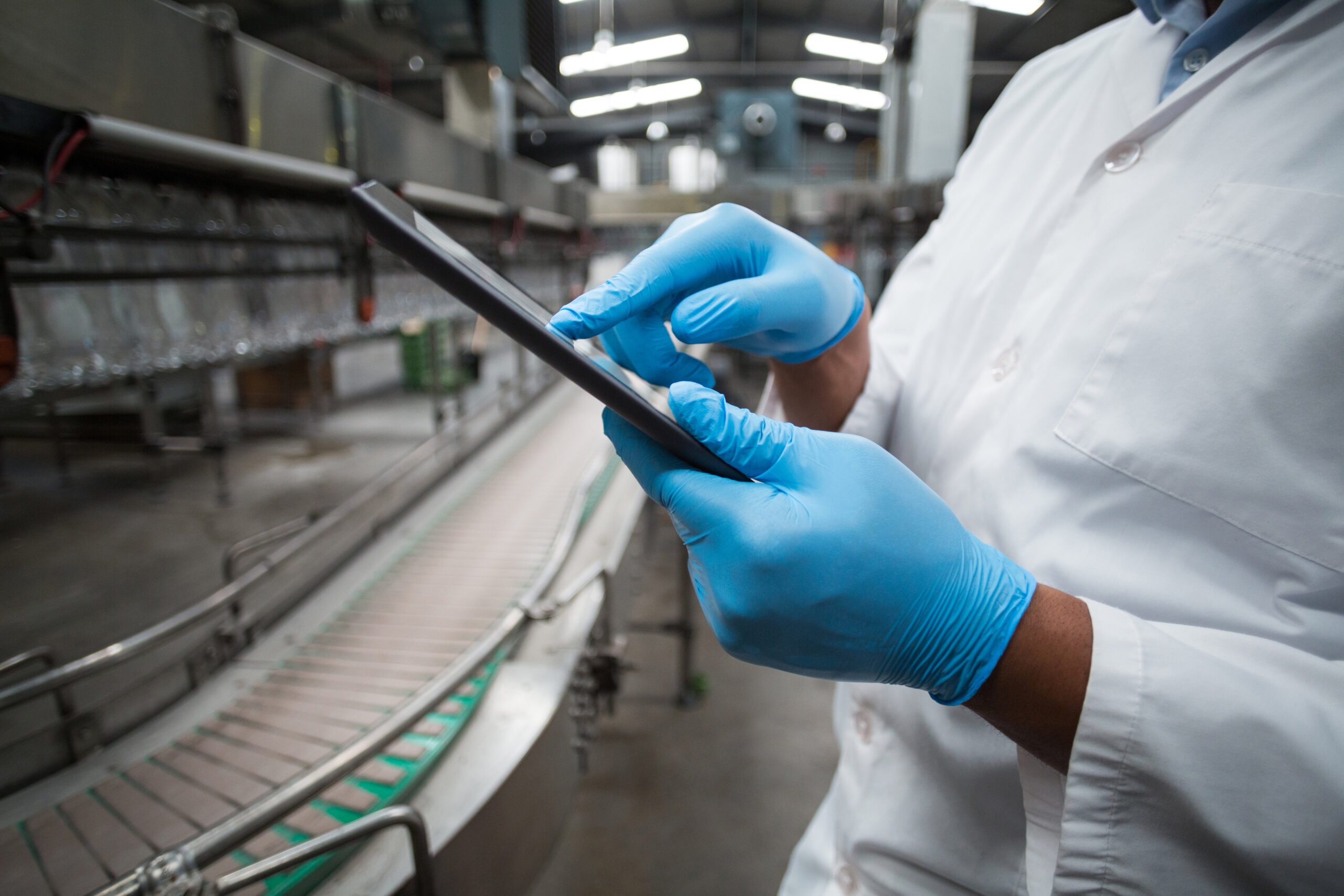Material handling is a common process in many industries, from food and pharmaceutical manufacturers, to warehouses and product distribution centers. Finding new ways to increase productivity is at the top of every material handler’s wish list, but it isn’t always clear where one should start in order to reach this goal. Sometimes inefficiencies in material handling workflows are obvious, however without the right tools to improve these processes, manufacturers could get stuck with a sub-par process.
On the other hand, some manufacturers make do with inefficient processes, even as their supply chains continue to grow in complexity. But by doing so, these organizations are missing out on all of the benefits of mature material handling workflows.
How Mature Are Your Material Handling Workflows?
So what defines a mature material handling workflow? A four-level maturity scale has been established to help manufacturers determine what level of automation they’ve reached with their workflows:
- Ad Hoc – processes are not documented, which makes training new employees difficult
- Manual Control – processes are documented and trainable, but more labor intensive and error-prone compared to automated processes
- Partial Automation – some process automation, but systems are disconnected and may be difficult to control
- Complete Automation – all processes automated, based on technical and cost considerations
While automation is a major part of many mature material handling workflows, it’s certainly not the be-all and end-all of process improvement. “Automation is at the core of it, however if you automate a bad process, you still have a bad process,” explains Paul Rakowicz, Vice President of Software Development, Lowry Solutions. “Fixing a bad process and then automating the correct process is probably a better path to follow.”
Where does your business fall within the maturity model for material handling systems? Vote in our material handling workflows poll!
What Are The Benefits Of Mature Material Handling Workflows?
While identifying and addressing current inefficiencies in your material handling workflows have far-reaching benefits, there are five key ways in which they can improve your business.
Improved Efficiency
When well-thought-out material handling workflows are put into place, organizations are bound to see an increase in efficiency. This improved efficiency is often credited to the implementation of more automated systems, which seek to remove human intervention wherever possible.
Fewer Errors
More automation of efficient processes inevitably lead to fewer human errors. In addition, the improved traceability built into optimized material handling workflows can help organizations identify issues much earlier in the manufacturing process.
Improved Productivity
When automation is introduced as part of a plan to establish mature material handling workflows, productivity is improved without compromising on quality.
Improved Worker Safety
Sometimes inefficiencies in workflows pose more than just a threat to overall efficiency and productivity. By improving documentation of workflows, companies can ensure that new workers are being well trained to do their jobs safely and correctly.
Improved Tracking and Traceability
In addition to helping reduce errors, the improved tracking and traceability built in to mature material handling workflows can also help to reduce waste.
Workflow Performance Analysis
Companies like Honeywell offer tools to identify current inefficiencies in workflows, and provide advice on how manufacturers can improve those key operational workflows.
Honeywell’s Performance Analysis Process begins in the discovery phase, in which industry experts conduct an on-site review of how workflows are initially being conducted. Once the process inefficiencies have been identified, the analysis of available technology is initiated to determine how those tools might positivity impact workflow performance.
In the configuration stage, projected future workflows are established and the cost and return on investment (ROI) of various technologies needed to meet improved efficiency goals, are investigated. Finally, the Honeywell team works towards future-proofing the workflow changes by examining technological trends in a given industry.
If workflow inefficiencies are not being corrected, manufacturing organizations are not taking full advantage of all the benefits that automated solutions have to offer. In today’s competitive manufacturing environment, mature material handling workflows could mean the difference between success and failure.
To see mature material handling workflows in practice, watch Lowry’s webinar, “How to Map Out Material Handling Workflows for Increased Productivity and Fewer Errors.”
How efficient are your workflow processes, and what are you doing to ensure that mature processes are in place? Share your thoughts in the comments section below!












Join or login to leave a comment
JOIN LOGIN